Forcing Paperwhites Only Once?
NathanielBlauss
12 years ago
Related Stories

HOUSEPLANTSHow to Force Amaryllis Bulbs Indoors
Enjoy vibrant red blossoms even as gardens turn snowy white, by teaching this hardy repeat performer to ignore the calendar
Full Story
GROUND COVERSGround Force: 10 Top Ground Covers for Your Garden
Protect your soil from weeds and drought this summer with a living mulch of ground covers
Full Story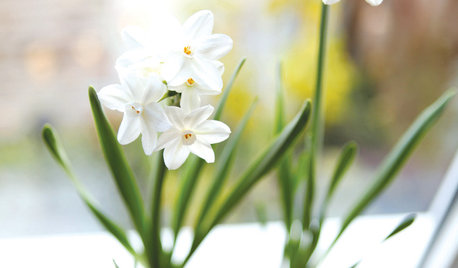
DIY PROJECTSHoliday DIY: Mason Jar Forced Bulbs and Evergreen Gift Tags
Learn how to make these winter projects from the book ‘Garden Made’ by Stephanie Rose
Full Story
HOUZZ TOURSHouzz Tour: Island Home Works With the Forces of Nature
A shoreline house captures views of Puget Sound while negotiating a difficult site
Full Story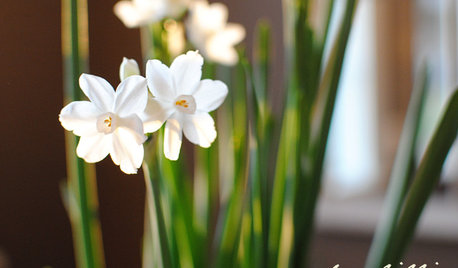
DECORATING GUIDESTreat Yourself to Spring Blooms in Winter
Get a jump on spring with a fragrant pot of paperwhites and other bulbs indoors
Full Story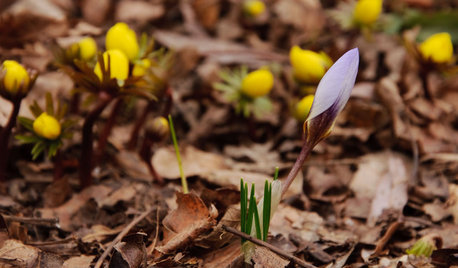
GARDENING GUIDESGreat Lakes Gardener's February Checklist
Force flowering branches indoors or see if you can spy any early-flowering bulbs peeping out from the ground
Full Story
LIFE12 Tips for Happily Combining Households
Joining forces may seem easy compared to merging all your stuff under one roof. These pointers can help you keep the peace
Full Story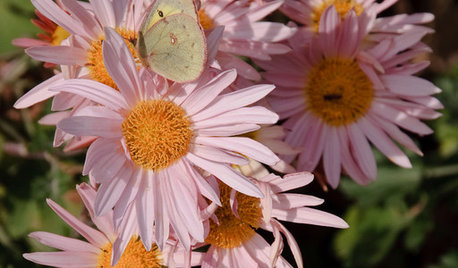
GREAT LAKES GARDENINGGreat Lakes Gardener's November Checklist
So many seed heads and berries to admire as you prepare for winter and prep bulbs for forced indoor blooming
Full Story0
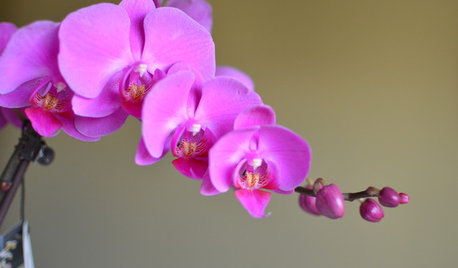
MID-ATLANTIC GARDENINGChecklist: What To Do in the Garden This Month
February Gardener: Plant sprouts, start seedlings, force bulbs, grow an orchid and more
Full Story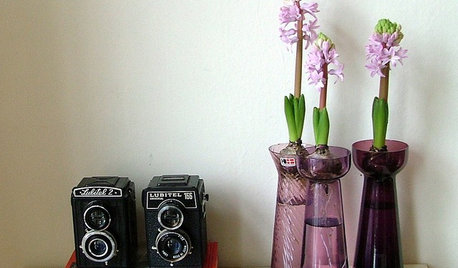
HOUSEPLANTSGet Spring-Like Hyacinth Blooms All Winter Long
Try one of these forcing methods for cheery, colorful flowers to brighten wintry days
Full StoryMore Discussions







gardengal48 (PNW Z8/9)
goren
Related Professionals
Ilchester Landscape Architects & Landscape Designers · Kapaa Landscape Architects & Landscape Designers · Medford Landscape Contractors · Wakefield Landscape Contractors · Corona Landscape Contractors · Davidson Landscape Contractors · Downey Landscape Contractors · East Haven Landscape Contractors · Fort Payne Landscape Contractors · National City Landscape Contractors · Pueblo West Landscape Contractors · Ramsey Landscape Contractors · Saint Paul Landscape Contractors · Seven Hills Landscape Contractors · Quartz Hill Landscape Contractors